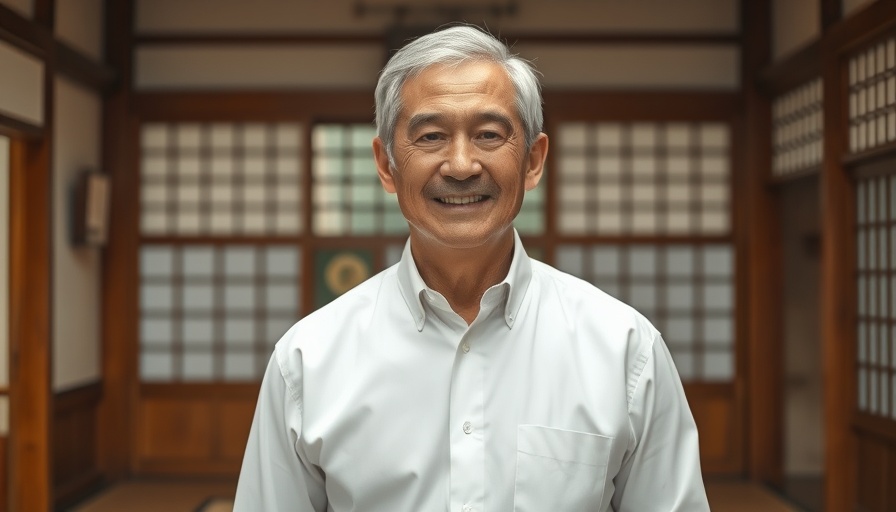
The Intersections of Art and Nature
In the heart of Kyoto, the ancient Ryosokuin Temple hosts an intimate yet grand exhibition designed by Taiji Terasaki. Titled Wings Over Crystalline Landscapes, this show invites guests into a profound meditation on the interconnectedness of art, science, and human experience. Through a fusion of painting, sculpture, and augmented reality, Terasaki reflects on perennial themes of time, impermanence, and ecological awareness while calling attention to the delicate balance between humanity and nature.
Bridging the Past and Present
The exhibition, which ran from September 5 to October 1, 2025, not only showcases the beauty of art but also carries historical weight. Terasaki is a third-generation Japanese American whose family has navigated turbulent times, including internment and resilience. “My grandparents and my parents were incarcerated in camps,” he recounts. Yet, with each piece, he weaves his family's legacy and the rich tapestry of Japanese culture into the contemporary context of his work.
The Fantastic Journey of the Asagimadara Butterfly
Central to Terasaki’s artistic narrative is the Asagimadara butterfly, renowned for its remarkable migration from Hokkaido to Vietnam. This fragile creature serves as a metaphor for decline due to climate change and habitat disruption. Much like the crystals that form deeply and slowly, butterflies’ journeys speak to the fleeting yet cyclical nature of existence. Just as crystals embody earthly wisdom, the butterfly’s flight reminds us of our responsibility to protect the interdependent systems of our world.
Environmental Message Through Art
The exhibition does more than just showcase beautiful artworks—it advocates for ecological awareness. The Asagimadara’s declining population and the threats faced by crystal formations correlate directly to the rapid industrial processes that often strip nature of its resources. By utilizing crushed crystals to create vibrant paints, Terasaki parallels the delicate balance of creating life—be it mineral or biological. In his works, these themes coalesce, demonstrating how even silent crystals reflect the challenges of an impermanent world.
More Than Just An Exhibition
Terasaki’s journey into creating the exhibition began with conversations about the butterfly in a contemporary art context, reflecting on how traditional and modern philosophies can intertwine. As he worked with crystals, he found parallels between the quiet stillness required for their formation and that found within Zen meditation. This unique fusion calls for a new appreciation: “In silence, both crystals and the mind return to an unseen order,” he says, illustrating how both beauty and chaos can harmonize.
Exhibiting the Future
As Terasaki combines the ancient practices of Zen with contemporary mediums like augmented reality, he opens a new dialogue about how art can inspire environmental stewardship. His works serve as a reminder that contemplation leads to connection, urging visitors not just to observe the beauty of the installation but to participate actively in nurturing our ecosystem.
Exhibitions like Wings Over Crystalline Landscapes not only enrich our understanding of art but also inspire deeper reflections on our role within the natural world.
 Add Row
Add Row  Add
Add 




Write A Comment